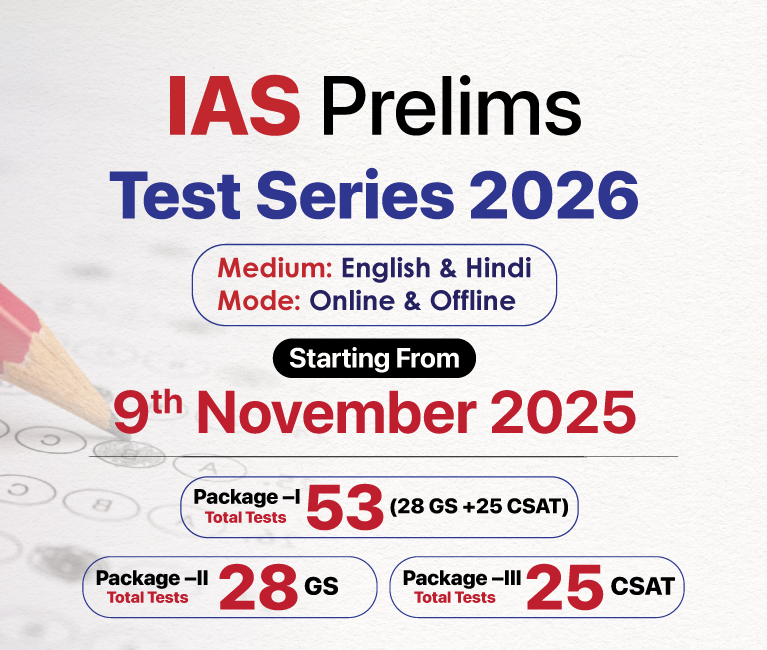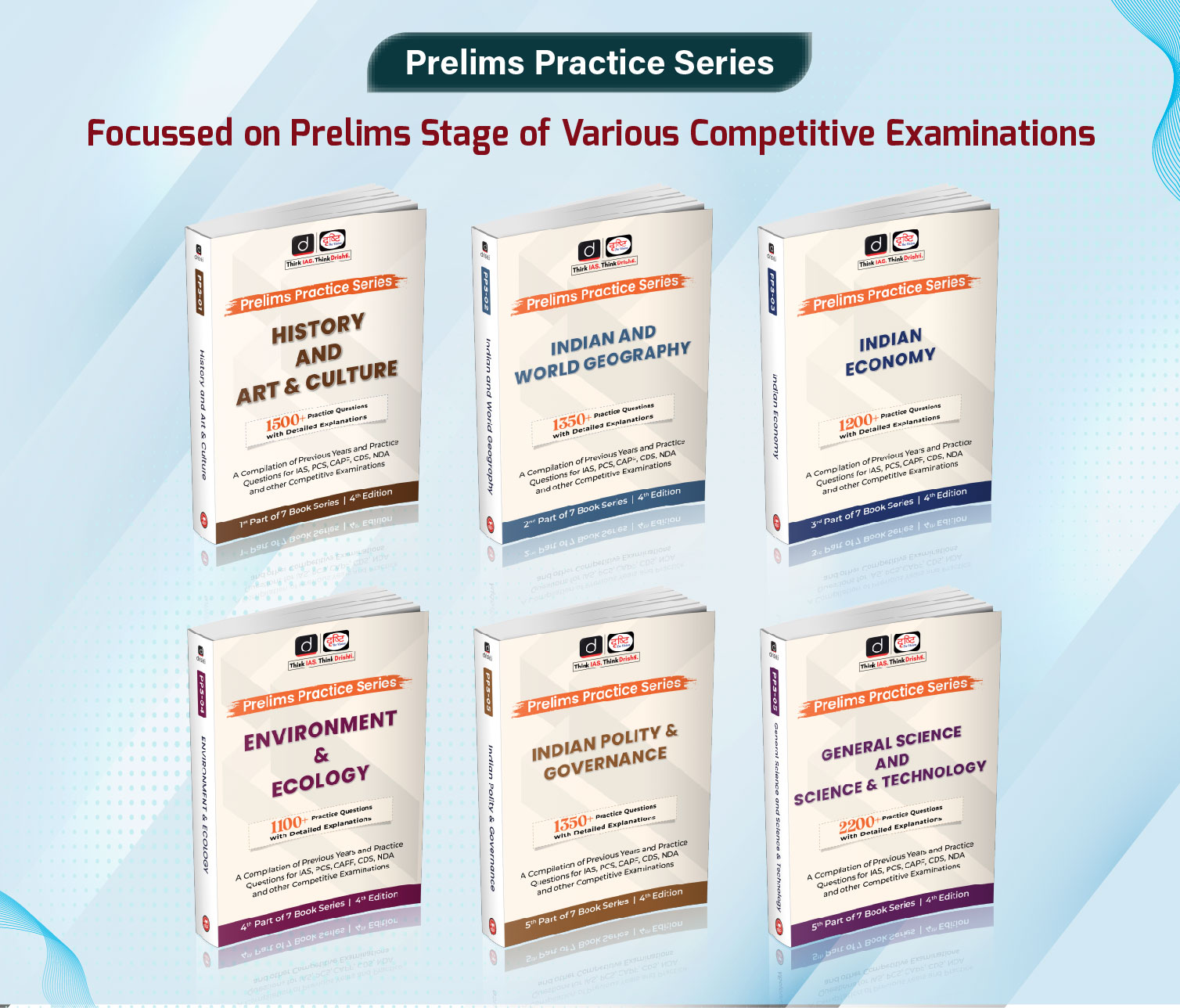Rajasthan Switch to Hindi
Illegal Sand Mining
Why in News?
The Supreme Court has issued notices to the Centre and the Rajasthan government, asking them to respond to allegations of large-scale illegal river sand mining and transportation in the state.
What is Sand Mining?
- About: Sand mining is the removal of natural sand and sand resources (like mineral sands and aggregates) from the terrestrial, riverine, coastal, or marine environment to extract minerals, metals, crushed stone, sand, and gravel.
- Illegal river sand mining refers to the unauthorized and unregulated extraction of sand from riverbeds, banks, and floodplains.
- Source of Sand: In India, the primary sources of sand include river floodplains, coastal sand, palaeo-channel sand, and sand from agricultural fields.
- Factors Contributing to Illegal Sand Mining:
- Lack of regulation and weak enforcement enable unchecked illegal sand mining.
- High demand from the construction industry, driven by urbanization and population growth, increases pressure on riverbeds and coastal areas.
- Corruption and sand mafia influence, with collusion of authorities, sustain illegal mining practices.
- Lack of sustainable alternatives: Limited use of manufactured sand (M-sand) and poor promotion of eco-friendly options increase reliance on riverbed sand.
- Consequences of Sand Mining:
- Erosion & Habitat Disruption: Alters riverbeds, causes erosion, changes channel morphology, destabilizes stream channels, and disrupts aquatic habitats.
- Flooding & Sedimentation: Sand depletion increases flooding, sediment loads, and alters flow patterns, harming aquatic ecosystems.
- Groundwater Depletion: Formation of deep pits lowers the groundwater table, affecting drinking water wells and causing water scarcity.
- Biodiversity Loss: Leads to loss of aquatic and riparian species, with impacts extending to mangrove forests.
- Regulations on Sand Mining:
- MMDR Act, 1957: Sand is classified as a "minor mineral" under the Mines and Minerals (Development and Regulations) Act, 1957 (MMDR Act), with state governments overseeing its administration.
- SSMG 2016: The Ministry of Environment, Forests, and Climate Change (MoEFCC) issued the "Sustainable Sand Mining Management (SSMG) Guidelines 2016" to promote scientific and eco-friendly sand mining practices.
- Environment Impact Assessment (EIA): The Supreme Court of India mandated that all sand mining activities, even those in areas smaller than 5 hectares, require prior approval.


National Current Affairs Switch to Hindi
Telangana Tops India in Per Capita Income
Telangana has emerged as the state with the highest per capita income (PCI) in India for 2024-25, surpassing Karnataka and Haryana, marking its first top position in five years.
Key Points
- Per Capita NSDP: Telangana’s per capita Net State Domestic Product (NSDP) stands at ₹3.87 lakh, ahead of Karnataka (₹3.8 lakh) and Haryana (₹3.5 lakh).
- Consistent Growth:The state has maintained an average growth rate of over 10% in per capita income over the past decade, with nearly 12% growth in the last two years despite nationwide slowdowns.
- Agricultural Backbone: Commercial crops like cotton and horticulture are credited as the backbone of rural economic growth, driving market activity and contributing significantly to NSDP.
- Decadal Transformation: Per capita income has more than tripled in a decade (from under ₹1 lakh to over ₹3.8 lakh), while overall NSDP rose from ₹13.47 lakh (2023-24) to ₹14.87 lakh (2024-25).
- Diversified Growth: The state’s success is attributed to a combination of agricultural strength, industrial expansion, and service sector growth, making it a dynamic economic benchmark.
Net State Domestic Product
- Definition: NSDP measures the total value of goods and services produced within a state after deducting depreciation of capital assets.
- Formula: NSDP = Gross State Domestic Product – Depreciation.
- Significance: Unlike GSDP, NSDP reflects a clearer picture of sustainable economic output and the financial well-being of people in a state.



.gif)

.png)
















.png)


.jpg)



 PCS Parikshan
PCS Parikshan

